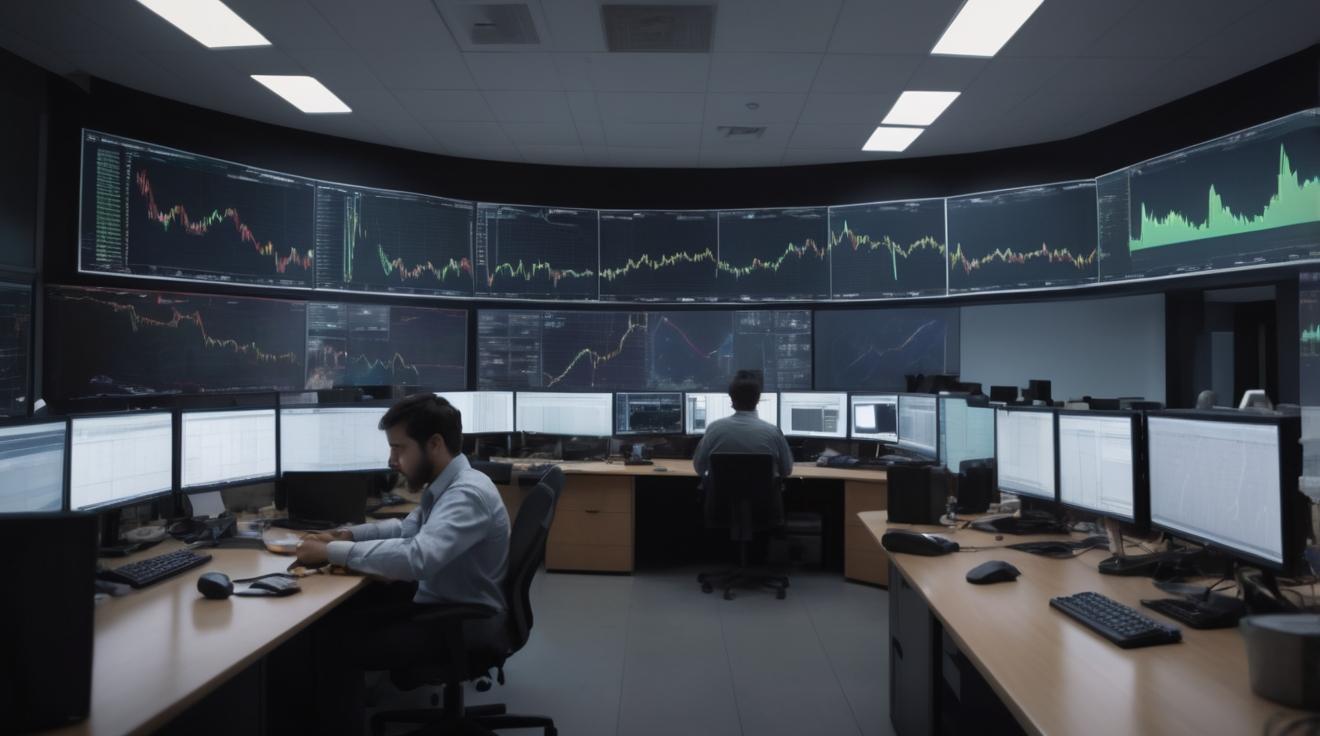Navigating the Challenge of VR Sickness in the Emerging Technology Landscape
In the rapidly evolving realm of virtual reality (VR), augmented reality (AR), and mixed reality (MR), motion sickness has emerged as a significant challenge, casting a shadow on the otherwise immersive experience these technologies promise to deliver. With the release of new devices such as Apple's Vision Pro, the conversation around VR sickness has gained momentum, highlighting the need for solutions that can minimize this discomfort for users.
Motion sickness in VR is not a marginal issue; reports indicate that about one-quarter of people suffer from symptoms such as nausea, headaches, dizziness, fatigue, and vomiting. This isn't merely about discomfort; it's a barrier to adoption and enjoyment of VR technologies that hold immense potential for changing how we interact with digital environments.
The Quest for a Universal Solution
Despite concerted efforts in research and development, a one-size-fits-all solution to completely eliminate motion sickness in VR users remains elusive. The challenge lies in the fundamental cause of motion sickness, which is the disjointed information received by the brain from the eyes, body, and inner ear. VR headsets, by design, create an environment that can easily trigger this dissonance.
Companies like Apple are well-aware of these issues and have implemented measures aimed at reducing the potential for motion sickness. These measures include reducing latency, increasing display resolution, and offering guidelines to users on how to minimize discomfort. Strategies such as decreasing the size of the virtual window or increasing the distance to it, reducing the level of immersion, and turning on the Reduce Motion setting are recommended.
Practical Advice for VR Users
For potential VR adopters, particularly those knowing their susceptibility to motion sickness, the advice is twofold: try before you buy and limit usage. The immersive allure of VR is strong, but awareness and moderation are key to a positive experience. Initial sessions kept between 20-30 minutes, especially in a seated position, can significantly reduce the likelihood of motion sickness.
Looking Forward
As VR, AR, and MR technologies continue to advance, so too will the solutions to motion sickness. This challenge is not insurmountable but rather a stepping stone in the journey towards fully immersive and comfortable digital experiences. The collective efforts of companies like Apple, Meta, HTC Vive, and PSVR, along with feedback from users, will be invaluable in shaping the future of VR.
VR sickness is a speed bump on the road to virtual worlds, not a stop sign. With continued innovation and user-centric design, the hope is that soon, everyone can explore virtual spaces without the fear of discomfort, making the leap into what we're now calling the metaverse more accessible and enjoyable for all.
Analyst comment
Positive news. The market for VR technologies will face challenges due to motion sickness. However, companies like Apple are implementing measures to minimize discomfort. The goal is to make VR experiences more accessible and enjoyable for users. With continued innovation, the market for VR technologies is expected to grow as solutions to motion sickness improve.













